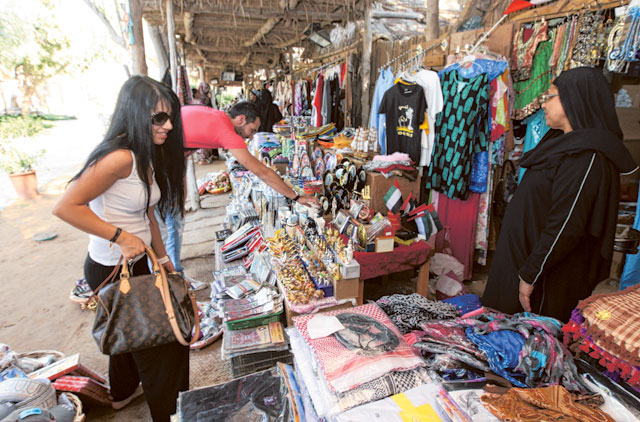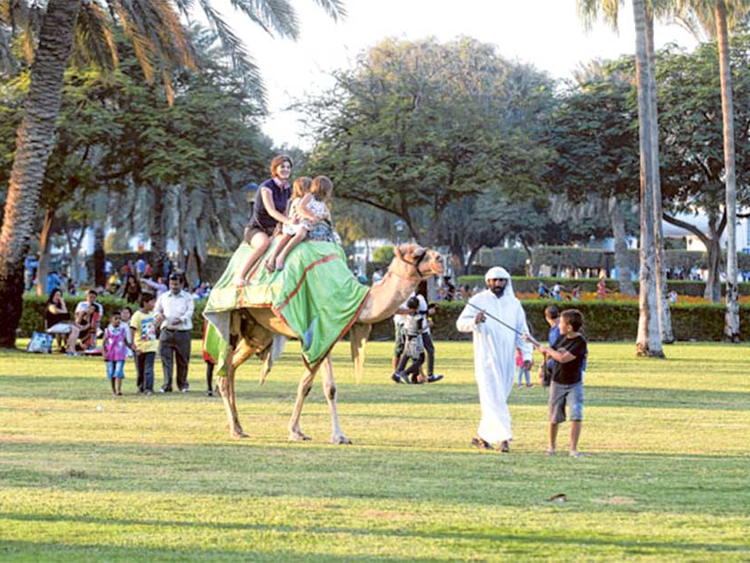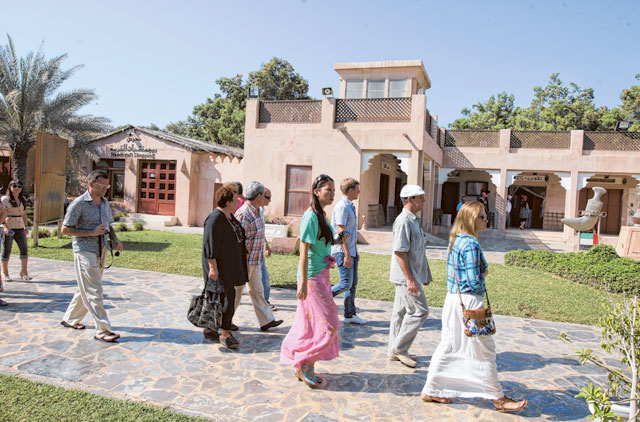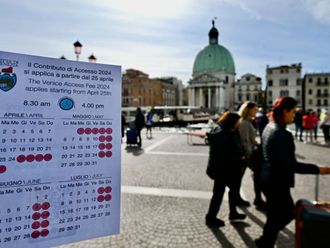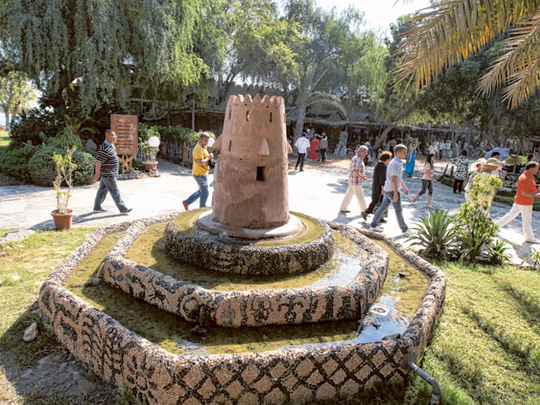
Dubai: Despite regional challenges, the tourism industry in the UAE over the past year has remained strong and prosperous. According to forecasts, Dubai will remain stable with ongoing growth and Abu Dhabi is likely to remain under pressure with continued growth in hotel supply.
“While some traditionally popular destinations, such as Lebanon, Egypt, Syria, etc. have been affected by security concerns and travel advisories, other destinations, including Dubai, have proven resilient and even thrived in the recent months, partially benefitting from the crisis,” said Christopher Hewett, Consultant with TRI Hospitality Consulting in Dubai.
According to TRI Hospitality Consulting’s figures, Dubai’s hotels gross operating profit per available room (GOPPAR) increased 14.1 per cent to $160.07 for the January to September period.
“Dubai’s hospitality market have shown signs of prosperity again, assisted by its image as the regional safe haven, but mainly powered by its large variety of leisure and entertainment options, number of key regional and international conferences, and growing business demand, all of which helped improve occupancy levels, room rates, and profits throughout 2012,” Hewett said.
Abu Dhabi, which has witnessed an increase in the number of rooms with new hotel supply, and which relies mostly on corporate demand have struggled through a year of diminished business demand, registering a GOPPAR of $70.41 for the January to September period, a 19.1 per cent drop from the same period in 2011, he explained.
According to TRI’s latest data, to date Abu Dhabi’s average occupancy has increased 1.5 per cent to 66.3 per cent. In spite of a positive change in occupancy levels, Abu Dhabi’s hotels have underperformed as the increase in occupancy did not make up for the 14.7 per cent drop in Average Room Rate (ARR), resulting in a 12.7 per cent drop in revenue per available room (RevPAR).
Average room rate for the first nine months this year stands at $274.2, up 8 per cent from last year, whereas Abu Dhabi’s ARR dropped 14.7 per cent to $136.5.
“The increased competition in Abu Dhabi, spurred by the growing supply during the last two to three years, have caused hotels to drop rates in an effort to maintain occupancies and market share, triggering a domino effect across the market over the period,” Hewett said. “With six major hotels already opened in 2012 undercutting rates to grab market share, existing hotels are forced to drop rates in to maintain market share.”
Dubai’s average occupancy increased 0.5 per cent to 79.4 per cent which, coupled with an 8.0 per cent increase in ARR and an 8.7 per cent increase in RevPAR drove a 14.1 per cent increase in GOPPAR performance, according to TRI’s data.
“The Dubai hotel market is entering into a stage of maturity due to its wide range of demand generators and hotel offerings which have helped maintain a healthy occupancy level. The addition of new supply will have an impact on performance especially when a numerous properties enter within a small geographical area. However, hotels can avoid rate reductions by maintaining their rate and focus on the quality of the service offered,” he said.
With new airline operations and more destinations within reach, there’s no doubt that the airlines have played a huge role in boosting passenger traffic to the UAE this year.
Dubai International Airport and Abu Dhabi International Airport have witnessed a strong year so far compared to the same period last year, with more travellers passing through the emirates’ facilities.
According to the monthly traffic report issued by the airport operator Dubai Airports, Dubai International Airport saw a 12.8 per cent in passenger number for September compared to the same month last year, reaching 4,780,390 passengers.
The strong performance during the first nine months — seven of which recorded double-digit growth — has boosted the year to date traffic by 13.4 per cent to 42,565,340 compared to 37,547,744 recorded during the corresponding period last year.
Passenger growth in Abu Dhabi increased by 14.5 per cent in September compared to the same period last year with 1.2 million passengers passing through the airport’s facilities, according to the recent traffic report released by Abu Dhabi Airports Company.
Aircraft movement also grew by 8.4 per cent for September compared to the same month last year, an increase that is primarily due to Etihad’s new services and increase in flight frequencies.
In Dubai, aircraft movement in September increased by 3.9 per cent. The airport handled 193,261 tonnes of cargo in September, an increase of 9.1 per cent over 177,128 tonnes recorded during the same period in 2011 and marks the highest monthly increase since October 2010.


